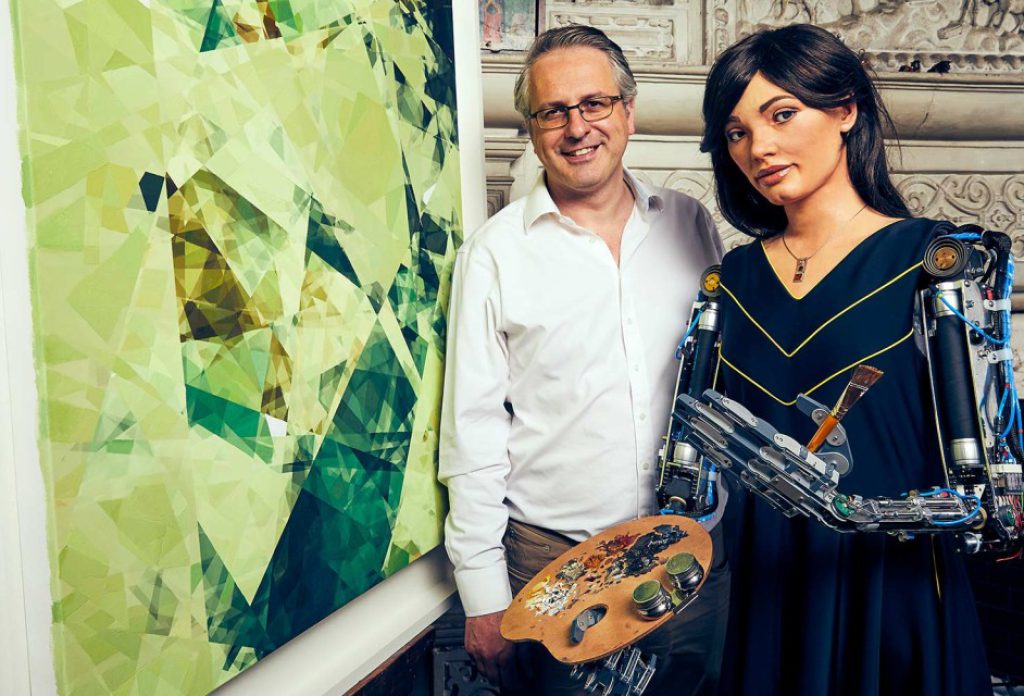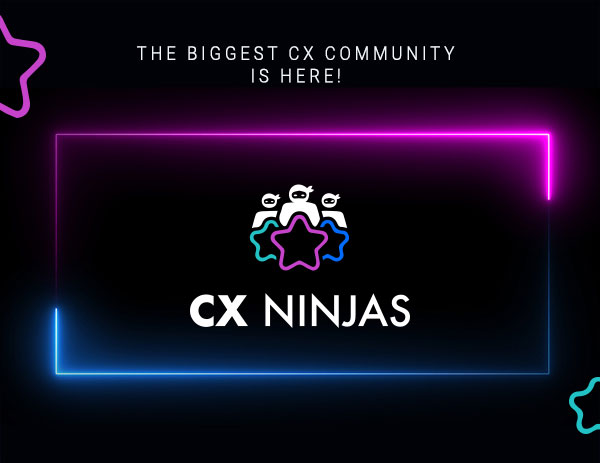To create is to exist?

- marketing
- November 29, 2021
- Categories: Artificial Intelligence, Isidoros' blogspots
- Tags: AI
Artificial Intelligence is characterized by its ever-improving ability to mimic human behavior. With the latest leaps in technology and the exponential growth of processing power, AI has now matured to the point of having the potential to create original musical compositions, literary texts, images and paintings, where it is impossible to distinguish whether the creation is ultimately human- or machine- made.
Observing the AI systems already conquering peaks that seemed inaccessible until just a few years ago, we come to realize that sooner or later we will be called upon to position ourselves on great philosophical questions in regards with AI.
Questions such as whether creativity can embody artificial intelligence in its founding definition.
Reviewing what has been defined so far for human creativity, we could focus on three main distinguishing characteristics, that its outcomes must be innovative, socially useful, as well as inextricably linked to intelligence, i.e. personal expression of the creator.
Assuming that AI creativity can result as innovative and socially useful as in the human creativity case, it remains to find the equivalent of the concept of personal expression for the artificial creator – or how we define personal expression.
And here we begin to enter deeper waters… Looking back at the human history so far, where human creativity has been the only source of innovation, it is more than obvious that the attempted inclusion of creative artificial intelligence can only have caused a disturbance in the legal system, with the corresponding philosophical upsets.
So how will the concepts of creativity and existence and therefore of the creator be about to shape in an AI era? Artificial creative intelligence should be protected and under what rights? Is the existing legal framework sufficient to cover artificial creativity and, to start with, is it worth regulating in the first place? Could the creation of an original work or content be considered sufficient to give intellectual property rights to an Artificial Intelligence creator?
Especially with regard to intellectual property law provisions, the legislator’s scope remains to reward the original human creative result, hence the “man-creator principle”, which is a prerequisite for the granting of intellectual property rights.
However, artificial intelligence is present and produces content and artifacts. And a key criterion for its creator originality is the Lovelace Test, which states that in order for a machine to be considered uniquely creative, its literary or artistic work must not be able to be separated from what has been created by man, that is to contain an originality same as the human one and with a proven intention to it.
A typical example of a system that creates autonomously without human intervention is DABUS. The “Artificial Inventor Project” team that is behind DABUS filed two patent applications requesting the registration of inventions, which have been created autonomously by DABUS: one concerning the creation of a special container for drinks and the other in the development of methods and the creation of devices of “neural flame blinks” (a flashing light at a frequency that our brains find hard to miss and could be used in search and rescue). Both applications were rejected, as under the existing legal framework, non-human industrial property rights cannot be assigned. However, as there was no human intervention in the production of the patents, it was not possible to either grant rights to the system owner or developer. In other words, we have two AI created “orphan” inventions, that otherwise could bring money to their owners!
The Artificial Inventor Project team did not stay there with DABUS though; they also applied for a PCT application, a fast-track process that offers international patent-pending status. With regard to the PCT application an extremely important development is the case of the Federal Court of Australia, in which Judge J. Beach states that an artificial intelligence system can be considered an inventor, as the current legislation does not foresee a restriction for a non-human inventor.
A decision that now lays the foundations at an institutional level to change the legal view of the issue.
The examples of AI creativity are not limited to DABUS. The Next Rembrandt Project is an artificial intelligence system developed to create a painting as Rembrandt himself would have painted it. Another example is GPT-3, an AI technology that we also use in Pobuca, which is capable of producing original text: given any text prompt like a phrase or a sentence, GPT-3 returns a text completion in natural language.
Given the continuous advancement of artificial intelligence in terms of producing original creative content, ideas and artworks, it is estimated that although today it seems still legally unnecessary to grant them copyrights, in the future the ground is preparing as such.
Another alternative could be to cancel Intellectual Property rights overall, from both humans and AI, and return to 1710 when the world’s first copyright law was enacted in England. The masterpieces of Beethoven are not protected by any copyrights, why should we bother doing so for any other music synthesis, especially if music in the future is dominated by AI creators?
With the machines keep learning from us and creating like us, either following us or on our side, and as Humanity is confronted for the first time with deep structural, legal, as well as existential questions and concerns, one thing is for sure, that we are already looking at a future that is expected to be creatively exciting!
Special thanks to Iliana Kosti, Pobuca’s legal advisor, for helping me write this article. If you want to learn more about copyrights of AI generated works, join us in this podcast on Dec 8.
